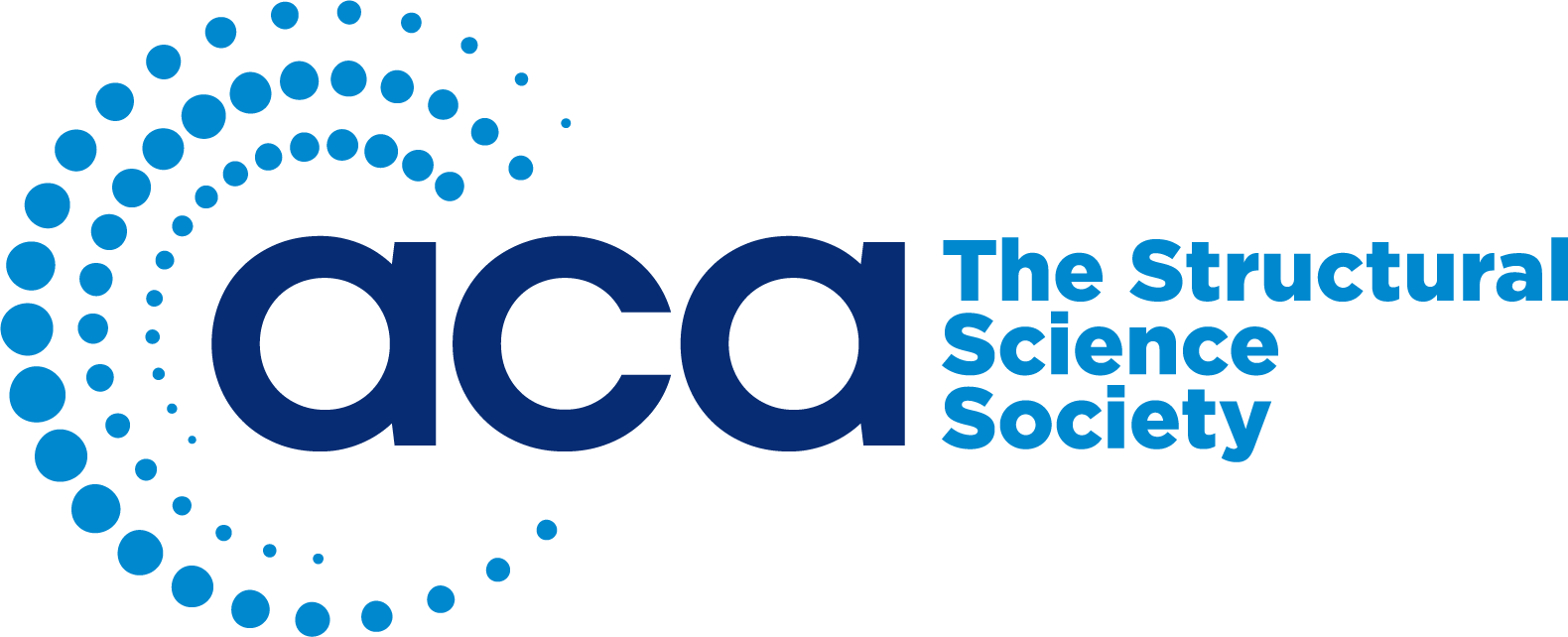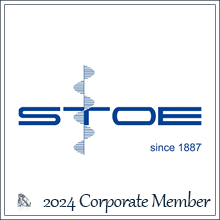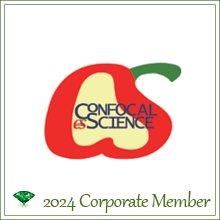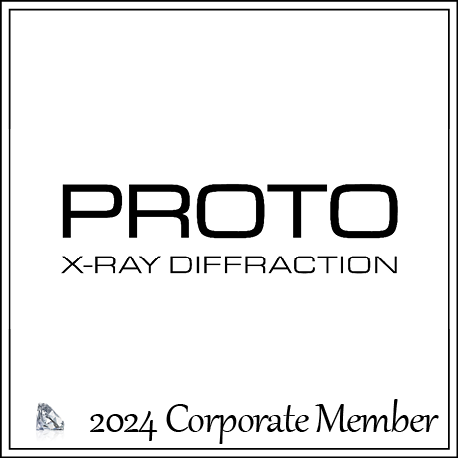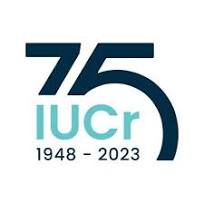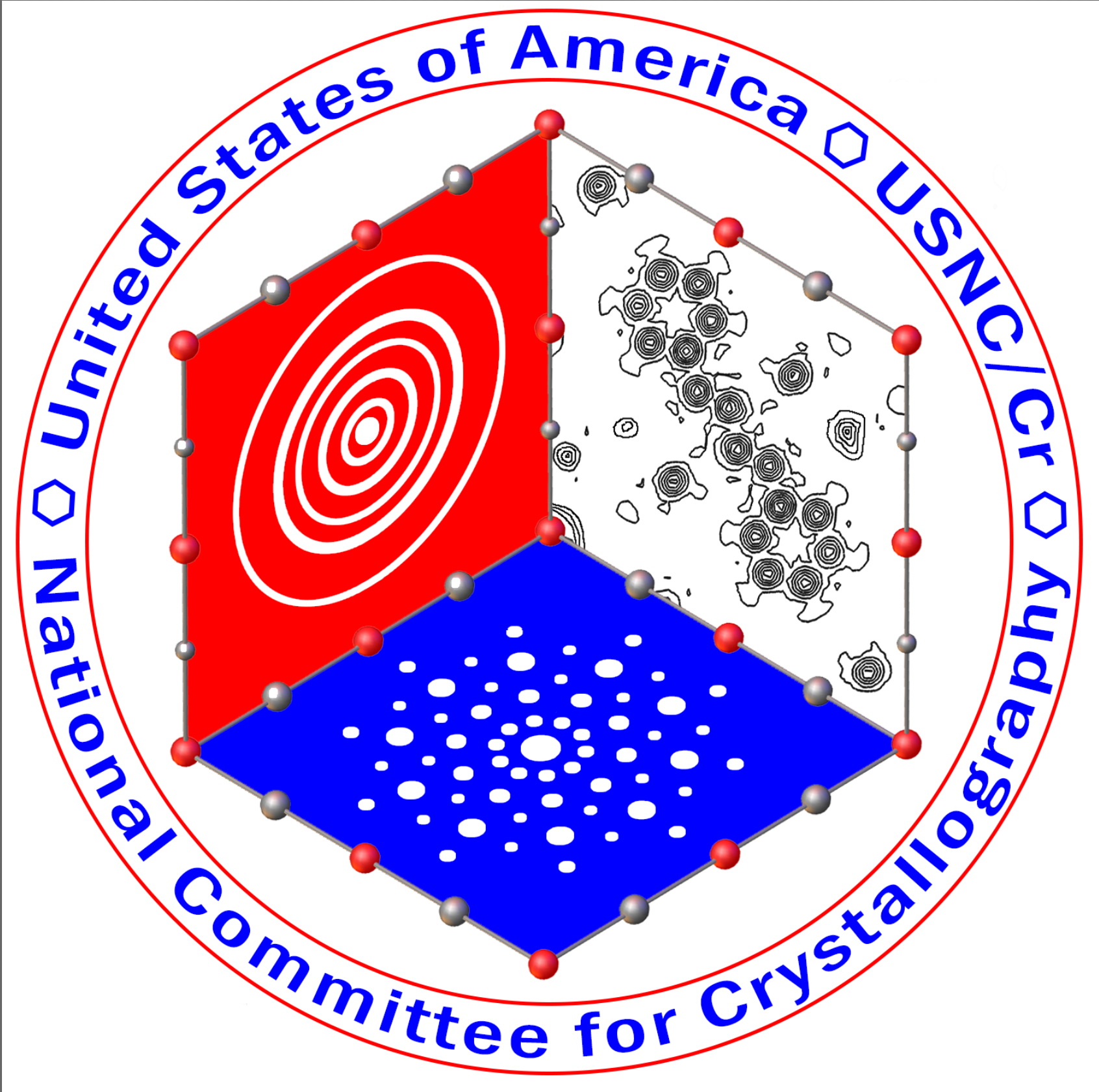|
Early Days of Protein Crystallography in Canada
Michael James
FRS, FRS(C), D.Phil., Department of Biochemistry, University of Alberta, Canada
Reprinted from CNCC Newsletter No 1 (Canadian National Committee for Crystallography) September 2009
Crystallographic research in Canada dates back to the 1960's when a number of centres began investigations into various protein structures. At the NRC in Ottawa there was a strong contingent of small molecule crystallographers led by W.F Barnes. This group included Farid Ahmed, a mathematician trained in D. W. J. Cruickshank's laboratory, Al Hanson and Maria Przybylska amongst others. Indeed, David Phillips of lysozyme fame worked at the NRC from 1958 to 1960. David developed the spot shape correction equations for upper level Weissenberg photographs while he was at the NRC. Maria Przybylska embarked on a major protein crystallography project, that of the complex between hemoglobin and haptoglobin in the early 1960's; unfortunately, the structure was not solved for many years.
The University of Toronto was also a hub of small molecule crystallography with Stan Nyburg in the Chemistry Department and Norman Camerman in the Biochemistry Department. Theo Hofmann, in the Biochemistry Department at the University of Toronto, isolated an aspartic proteinase from the fungus Penicillium janthinellum . He named it penicillopepsin. Theo characterized penicillopepsin biochemically and kinetically and he recognized the importance of structural data in order to bring these facts together and to understand the catalytic mechanism. Theo grew the first crystals of penicillopepsin and began a collaboration with Stan Nyburg on the structure. Data collection was performed in Nyburg's laboratory on precession photographs and a post-doctoral fellow, I-Nan Hsu, carried out that initial work. The work was susequently transferred to the University of Alberta in the mid 1970's.
The other major crystallographic centre in Canada of the time was in the Chemistry Department at UBC. Jim Trotter, an organic chemist and a small molecule crystallographer, headed up the lab; he was trained in Scotland with J.M Robertson. Jim's main interests remained in the field of small molecule studies as opposed to protein crystallographic studies.
In addition to Cambridge's Laboratory of Molecular Biology, Dorothy Hodgkin's laboratory in the University of Oxford was also a Mecca for those wanting to learn the methods of Protein Crystallography. Two Manitobans were privileged to study with Dorothy in the 1960's, Carol Saunderson and myself. I arrived in Oxford in 1963 just as Carol was graduating from Oxford with her D.Phil. Carol returned to Canada and went to the NRC labs in Ottawa where she eventually became involved in protein crystallography and specialized in the cathepsins, a group of lysosomal proteinases that resembled the plant enzyme papain.
Although I did not work on the insulin project while I was at Oxford, I did catch the bug to work on the structures of proteins. This occurred in 1965, when I traveled with two fellow researchers from Dorothy's group, Ken Watson and Tony Cooper to London to attend the unveiling of the lysozyme structure at the prestigious Royal Institution. David Phillips headed the team of researchers that solved this structure at 2.0Å resolution. Included in the Phillips' team were Tony North, Colin Blake and Louise Johnson. This really was an inspirational experience, to see the structure of hen egg white lysozyme, the first enzyme to have its structure determined. In addition, this research inspired many others to work on the catalytic mechanism of an enzyme that had a 3-D structure available. I was determined to work on the structures of enzymes from that day forward.
In December of 1966, I returned to Canada and joined Dave Hall in the Chemistry Department at the University of Alberta. Dave was a small molecule transition metal crystallographer who was starting one of the first crystallographic laboratories in Alberta. Also present in the Chemistry Department was Ray Lemieux one of the world's leading carbohydrate chemists. I had the good fortune to work with Ray as a post-doctoral fellow in Dave's laboratory on structures of small monosaccharides with a variety of halo-substituents on the C1 atom of the pyranose ring.
In late 1967, I received a phone call from Larry Smillie and Cyril Kay both in the Biochemistry Department at the University of Alberta. Cyril and Larry wanted to start a protein crystallography group to assist in structural studies of molecules in which they were interested. Having obtained my name from Manpower Canada under the job category of 'crystallographer', Larry and Cyril invited me to join the Department of Biochemistry provided I received a scholarship from the Medical Research Council of Canada (MRC) to support my research and salary. After being successful with this MRC application, I started my forty-year long career in the Department of Biochemistry in July 1968.
Larry Smillie provided me with a highly purified sample of α -lytic protease, an enzyme from the soil bacterium Lysobacter enzymogenes. We managed to crystallize it in a trigonal space group and with my first post-doctoral fellow, Michael Joynson who had done his D. Phil at Oxford with Louise Johnson, we set about to determining its 3-D structure. This was an interesting and exciting project because Larry had just finished determining the amino-acid sequence of α -lytic and had shown that it was closely related to the mammalian enzyme α -chymotrypsin. In order to show the evolutionary relationship between these enzymes, it was important to determine that it also had a similar tertiary structure. Eventually we showed that it did!
The first protein structure determined in Canada was done in my laboratory in Alberta. SGPB is the B Protease, a proteolytic enzyme from the soil bacterium, Streptomyces griseus , and closely related in sequence to α -lytic protease. The paper describing the molecular details of the 2.8Å resolution structure was published in Nature in 1975. SGPB had the same disposition of aspartate, histidine and serine residues, as did α -chymotrypsin. It also had the 2 beta-barrels that constituted the major fold of the molecule. SGPB and α -chymotrypsin were clearly related evolutionarily even though one was from a cow and the other from a bacterium. Other proteolytic enzymes from Streptomyces griseus that our group solved were SGPA and the trypsin-like enzyme, SGT. SGPA constituted the major part of the work that Gary Brayer did for his PhD thesis and Randy Read did the work on SGT for part of his PhD thesis research. Many other people played major roles in the early stages of our protein structural studies: Penny Codding, Wendy Hutcheon, Masao Fujinaga, Louis Delbaere, Bill Thiessen and the biochemists who isolated and purified the original enzyme preps, Lubo Jurasek, Larry Smillie and Peter Johnson.
The structure of penicillopepsin, determined by I-Nan Hsu in collaboration with Theo Hofmann's group at the University of Toronto in 1976, produced a great deal of excitement because it brought with it the structural data that would aid in interpreting the catalytic mechanism of this family of enzymes. The aspartic proteinases are so-named because they have two aspartic acid residues in an amino-acid triplet of Asp-Thr(or Ser)-Gly at the active site. This family is medically important because two of the members are: kidney renin an aspartic proteinase that is critical in the regulation of blood pressure and HIV proteinase an enzyme that is crucial for the replication and "life" cycle of the HIV virus. Because of the medical importance of these two enzymes, they rapidly became key targets for the development of inhibitors, in the regulation of blood pressure and as antiviral drugs. These were certainly very "heady" days in the field of structure-based drug design and many of those suffering today from AIDS have benefited tremendously from this research.
Other leading protein crystallographers in the Department of Biochemistry at that time, include my friends and colleagues Bob Fletterick and Wayne Anderson. When the MRC Group in Protein Structure and Function was formed in 1975 we hired a second crystallographer, Bob Fletterick. Bob had done a post-doctoral fellowship with Tom Steitz at Yale, where he worked on the structure of hexokinase. When Bob moved to Edmonton he worked closely with Neil Madsen on the structure of rabbit muscle phosphorylase a . Bob worked diligently on the solution of this structure and collected a data set every day (remember this was before the days of flash-cooled crystals) in order to get suitable heavy atom substituted crystals to solve the MIR phase problem. Two very capable post-doctoral fellows helped Bob in this task; their names were Jurgen Sygush and Steve Sprang. Together this team solved the structure of phoshorylase a and used the structure to interpret many of the details of the catalytic mechanism. The sugar binding sites for the glycogen molecule were visualized as well the pyridoxal phosphate bound to lysine was identified. This was a momentous achievement in these early days of protein crystallography.
In 1979 Bob left for San Francisco where he set up a crystallographic laboratory that is still highly productive. Jurgen Sygush went to the Université de Sherbrooke and set up his laboratory there in 1978. In 1979, Steve Sprang joined Bob in San Francisco. Eventually, Steve established a Howard Hughes structural biology unit at the University of Texas Southwest Medical School.
Wayne Anderson who also graduated from Tom Steitz' laboratory in Yale came to the MRC Group after a Post-doctoral stint in Brian Matthews' lab at the University of Oregon in Eugene. Wayne brought a different interest to the Department. He was part of the team that solved the structure of the DNA binding protein CRO. This structure revealed a paradigm for protein-DNA interactions, that of an α -helix binding in the major groove of the DNA double helix. Interestingly this binding mode had been predicted by Gordon Dixon a biochemist at the University of Calgary. Wayne's interests were many and varied. He worked on Fab fragments of monoclonal antibodies that had been raised against DNA. This was an excellent model for the autoimmune disease, Lupus erythromatosis. With Wayne's help we were successful in purchasing one of the first multiwire detectors from Ron Hamlin in San Diego. This was a huge advance in the data collection speed in Alberta and we used it to tremendous advantage. Wayne was at Alberta for nine years before moving on to Vanderbilt University in Tennessee. Wayne and Bob both left tremendous legacies at Alberta and we owe them a great debt for their teaching and their research.
The 40 years that I have been a member of the Department of Biochemistry have been truly rewarding. I owe a great debt to all of those who have supported me in my various projects of structural biology. I want to thank Miss Michelle James for typing this manuscript. I have been fortunate to have received funding from a variety of agencies over the years, the MRC of Canada, CIHR, AHFMR, the Canada Research Chairs program and CFI among others.
|
